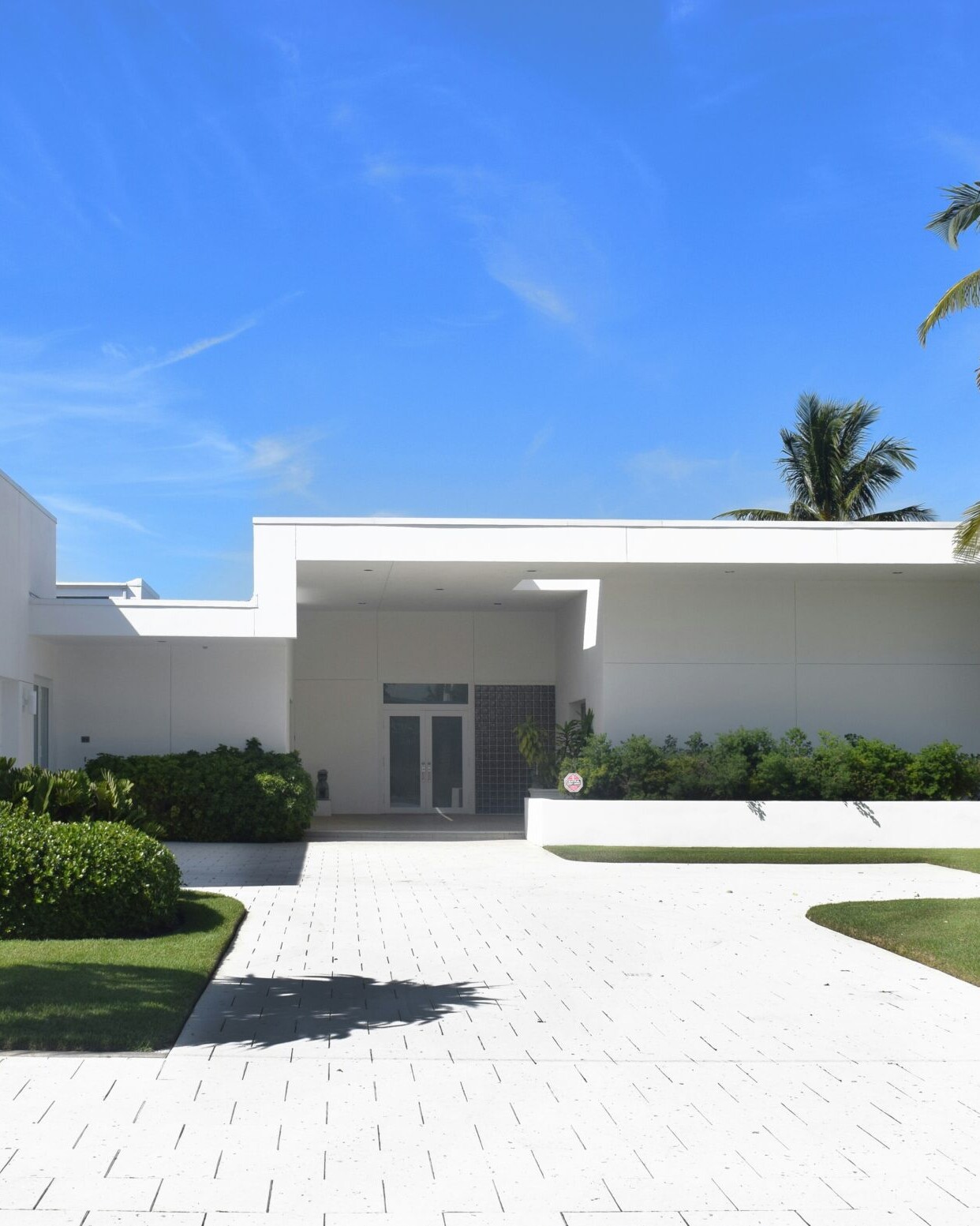Flying at 35,000 feet does more to your senses than you might expect. The dry air, the hum of the engines, and the lower cabin pressure combine to mess with your taste buds in ways that can make your favourite wine taste like something entirely different. If you’ve ever sipped a glass of red in the air and thought, “This doesn’t taste like it did at home,” you’re not imagining things. The science of taste at altitude is quite fascinating, and it has pushed airlines to get creative to ensure you can still enjoy a decent glass of wine while soaring above the clouds.
Why Wine Tastes Different in the Air
Let’s start with the basics. At cruising altitude, the cabin is pressurised to about the equivalent of 6,000 to 8,000 feet above sea level. This change in pressure, along with the dry air, reduces your ability to perceive flavours and aromas. Sweetness and saltiness take a hit, making food taste bland, while acidity and bitterness stand out more, which can throw a wine’s balance completely off.
When you’re on the ground, your sense of taste is a finely tuned instrument, picking up on the subtleties in a glass of wine—whether it’s the bright acidity of a Sauvignon Blanc or the complex tannins of a Cabernet Sauvignon. But in the air, those subtleties often disappear, leaving behind a wine that might taste flat, overly tannic, or just plain off.
What Airlines Are Doing About It
Airlines, especially those that pride themselves on their service, have long recognised this issue. Virgin Atlantic, for example, has taken a proactive approach by curating a wine list specifically for the sky. They’ve teamed up with wine experts to select bottles that not only taste great on the ground but also hold up well at altitude.
Virgin’s approach isn’t just about picking bolder wines. They conduct taste tests in conditions that mimic those at cruising altitude, which means they’re tasting these wines as you would in the air. This process helps them choose wines that maintain their flavour and character even when your senses are dulled.
One thing they’ve found is that wines with a more pronounced flavour profile tend to perform better in the air. For instance, reds with softer tannins like Merlot or Malbec, and whites with a bit more body like Chardonnay or Viognier, can still deliver a satisfying experience. Sparkling wines, with their lively bubbles and acidity, also tend to shine at altitude, cutting through the dryness of the cabin air.
Tailoring the Experience
Some airlines go even further by offering bespoke wine blends tailored for the in-flight experience. Virgin Atlantic has developed custom blends specifically for their flights, ensuring that what you’re drinking is designed to taste good up in the air. They even adjust their wine offerings based on flight routes, considering local preferences and the types of food being served. It’s all about making sure that the wine complements the entire in-flight experience.
But it’s not just about the wine itself. How it’s stored and served also makes a difference. Wines are typically kept at cooler temperatures on board to preserve their freshness and structure, and the cabin crew is trained to serve it at just the right temperature. Serving wine too warm can bring out the alcohol, while serving it too cold can mute the flavours even more than the altitude already does.
Audrey Hart, the Senior Manager for Inflight Services at Virgin Atlantic, emphasised the airline’s dedication to enhancing the dining experience for passengers. She said, “We want to create culinary touchpoints that feed the heart and the soul; and this includes honouring moments like your first drink of champagne when you arrive in Upper Class, or a movie treat that’s served as you settle into an inflight film.” This highlights Virgin Atlantic’s commitment to ensuring that even at 35,000 feet, passengers can enjoy a memorable and satisfying food and drink experience
How to Enjoy Wine in the Air
If you’re a wine lover, there are a few things you can do to enhance your in-flight wine experience. First, keep in mind that your sense of taste is compromised, so wines that you might not usually go for on the ground—like those with a fuller body or more pronounced fruit flavours—might be more enjoyable in the air. Sparkling wines are often a good choice, too, for their refreshing quality.
It’s also important to stay hydrated. The dry cabin air can dehydrate you quickly, which further dulls your senses. Drinking water alongside your wine can help keep your palate fresh, allowing you to better appreciate the flavours that are there.
And don’t hesitate to ask the cabin crew for their recommendations. They’re often well-trained in the wines they’re serving and can guide you toward something that will taste great even at 35,000 feet.
The Takeaway
Drinking wine in the air is different—there’s no getting around that. But thanks to the efforts of airlines like Virgin Atlantic, it doesn’t have to be disappointing. With the right selection, storage, and service, you can still enjoy a good glass of wine while flying. So next time you’re on a flight, take a moment to appreciate the thought and care that went into making sure your wine tastes as good as it possibly can, even in the clouds.




